By Michael Jenkins

As we move into summer, our gardens are starting to reward us with a full harvest of wonderful, tasty food. As our garden bounty ripens, many gardeners are faced with an interesting dilemma: when and how do you harvest your garden vegetables? This may seem like a basic question, but it’s more complex than many people think and there’s a lot of misinformation floating around. And harvesting regularly and appropriately is important—harvesting frequently helps the plant stay prolific all season long!
So when should you harvest garden vegetables? What’s the best way to harvest? That greatly depends on the plant and varietal in question, so let’s take a look at a few common garden plants and how you should best harvest from them.
Asparagus is one of the first garden veggies to emerge in spring, and one of the easiest to harvest. Snap off the stems when they’re about as thick as a pinky finger. Your home-grown asparagus likely won’t get as big as store-bought, but don’t worry—it’ll taste a lot better! The only thing to bear in mind is that after about four weeks, you should stop harvesting and just let your asparagus run. This helps the plant grow and store energy to make it through the winter and flourish next spring.

Green beans and peas are different plants, but they grow in a similar manner so we’ll group them together here. You’ll want to harvest them both young, but not too young. The pod should be full sized, but still green and you shouldn’t be able to see individual seed bulges within the pod. They should be crisp and easy to snap in two, cleanly. You’ll want to check your beans and peas daily, as they mature quickly. If they run too long and get tough, let them continue and dry out. You can use those for seeds next year!
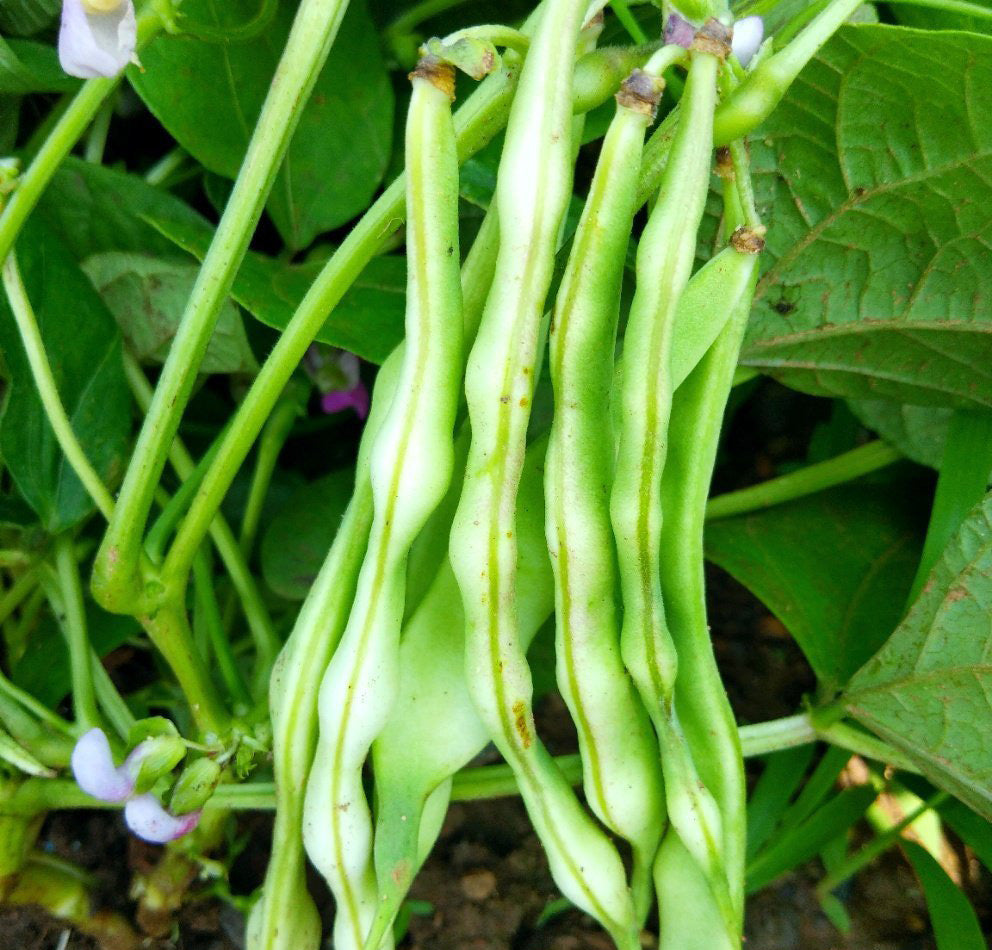
Broccoli is another tricky one. The broccoli head we eat is comprised of unopened flower buds, so you want to harvest well before they start to flower! Like Asparagus, your homegrown broccoli will probably be smaller than the store-bought kind, but more flavorful. You should harvest by cutting the stem cleanly with a sharp tool when the small individual buds are about the size of a match head. Smaller heads will continue to form on the stem after you harvest the first one, so continue to pull and enjoy!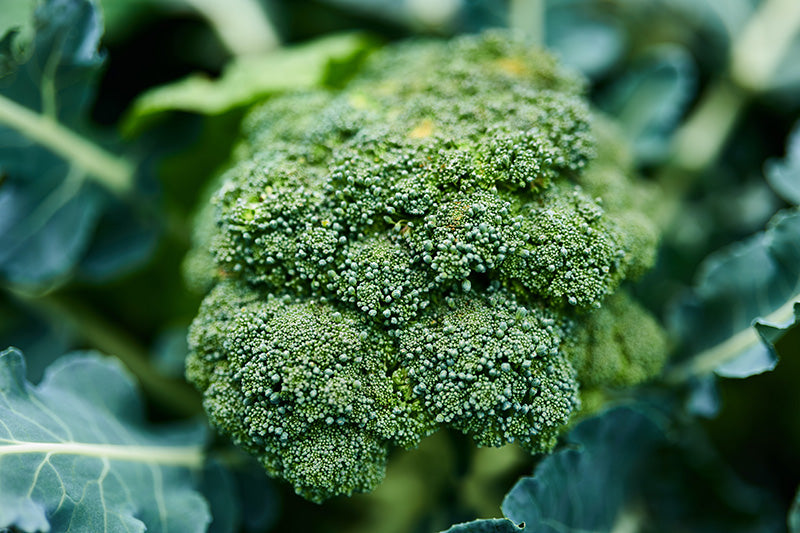 Carrots are likewise difficult, as they grow below ground and you can’t see how the edible portion is developing. A quick rule of thumb is to look at the top of the root at ground level. If it’s about the right diameter for that varietal of carrot, it’s probably ready to harvest. You’ll have to pull a few to be sure, however. Just pull them cleanly and don’t forget that the green leafy tops are also edible!
Carrots are likewise difficult, as they grow below ground and you can’t see how the edible portion is developing. A quick rule of thumb is to look at the top of the root at ground level. If it’s about the right diameter for that varietal of carrot, it’s probably ready to harvest. You’ll have to pull a few to be sure, however. Just pull them cleanly and don’t forget that the green leafy tops are also edible!

Sweet corn, by contrast, is fairly easy. Silks will form on the individual ears, and after about three weeks they’ll start to dry out. When that happens, it’s time to start checking your corn for ripeness. You can test this by nicking an individual kernel with your fingernail. If a white milky liquid comes out, the corn is ready!

Eggplant is also pretty easy. You want to pull the fruit when they are slightly immature, as the flavor and texture are best then. The fruit should be full-sized, shiny, and firm but not hard. For some varietals, the skin of the fruit around the stem petals will go from greenish to white or purple when ready to harvest. Just cut the stems cleanly with a sharp tool and you’re good to go!
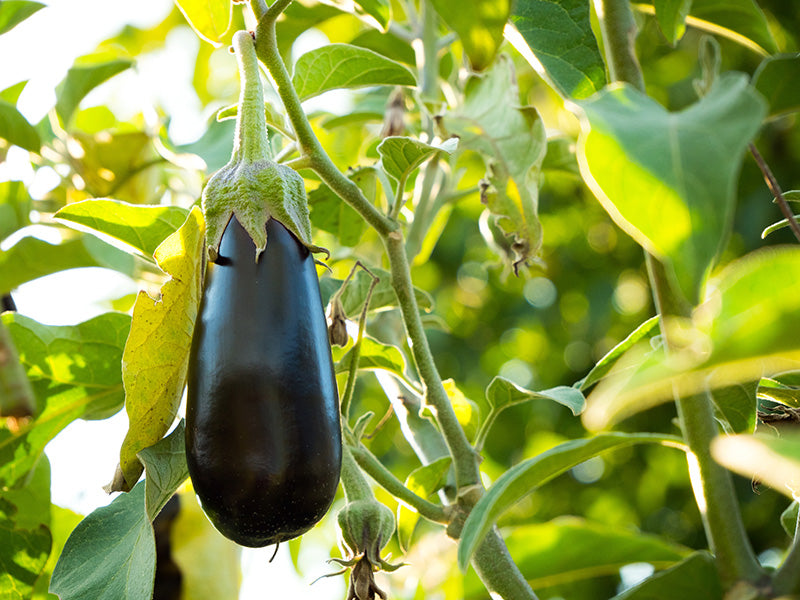
Melons are tough to describe in blog form, as they are so many varietals. For most melons commonly grown in North America, the ready-to-harvest fruit will reach full size for that varietal and take on a beige color. When pulled on gently the fruit will detach from the vine if ready to eat. The smell will also change, taking a sweet appetizing aroma as the fruit ripens.
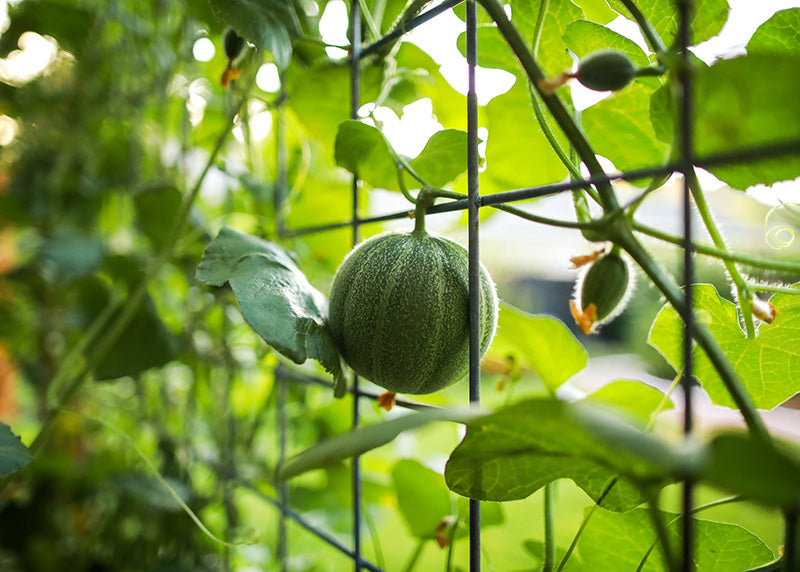
Peppers, like melons, are tricky because there are so many different kinds which are used so differently. With most peppers you can harvest as soon as the fruit reaches full size, depending on whether you want a green or fully ripe pepper. Some chilies, like Habaneros, are generally only used when they ripen to their full color, but most can be used either way. Like eggplant, just cut the stem cleanly and you’re done!

Tomatoes are surprisingly complex, as every experienced gardener has their own approach that works for them. If your technique is working for you, by all means stick with it. However if you’re new to gardening or new to tomatoes, it’s generally best to harvest when they are fully colored, slightly soft but not mushy, and when they pull easily from the vine with a gentle twist. Ripe tomatoes also emit a distinct and lovely smell, which helps you know when they’re ready. As bugs, birds, and animals all like to eat tomatoes too it’s OK to pull them a bit early and let them ripen indoors on a sunny windowsill!
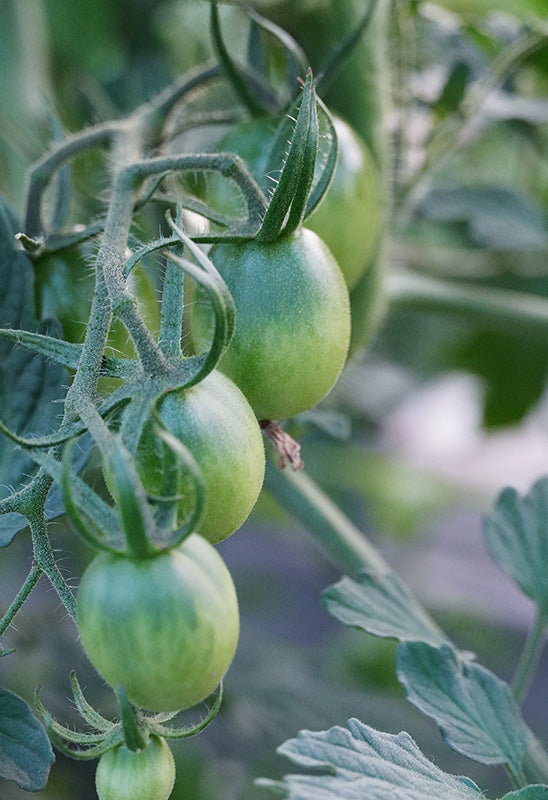
As always, there’s a lot more to talk about but we hope this gets you started. If you have your know secrets for knowing when to harvest veggies, let us know and we’ll share them with the rest of the Gardzen community!

Leave a comment